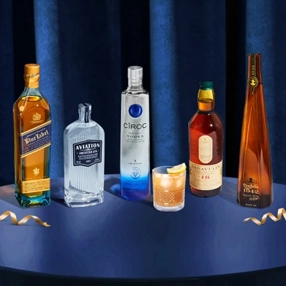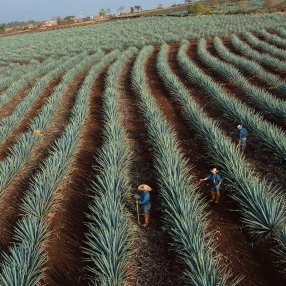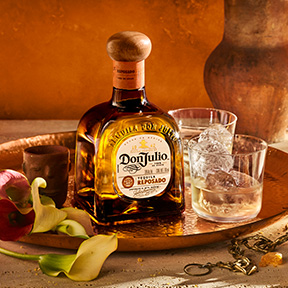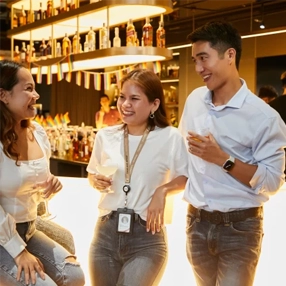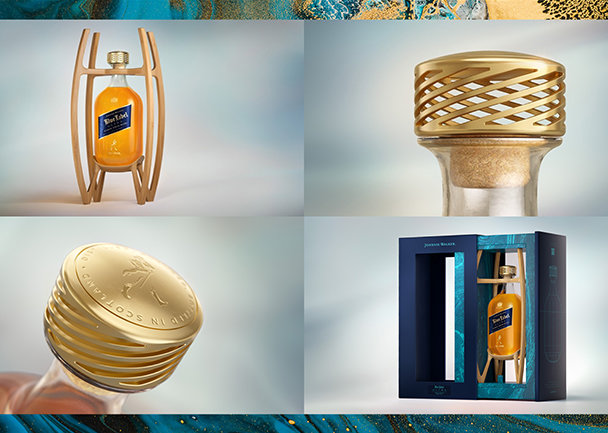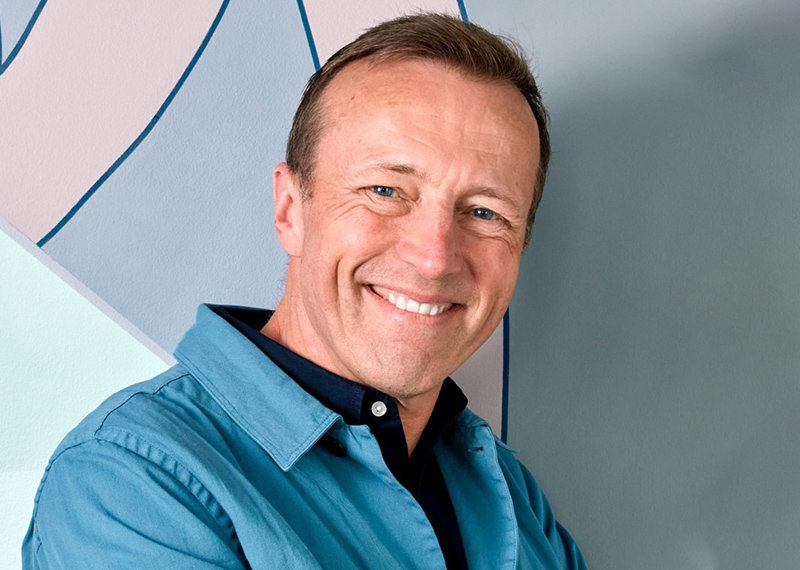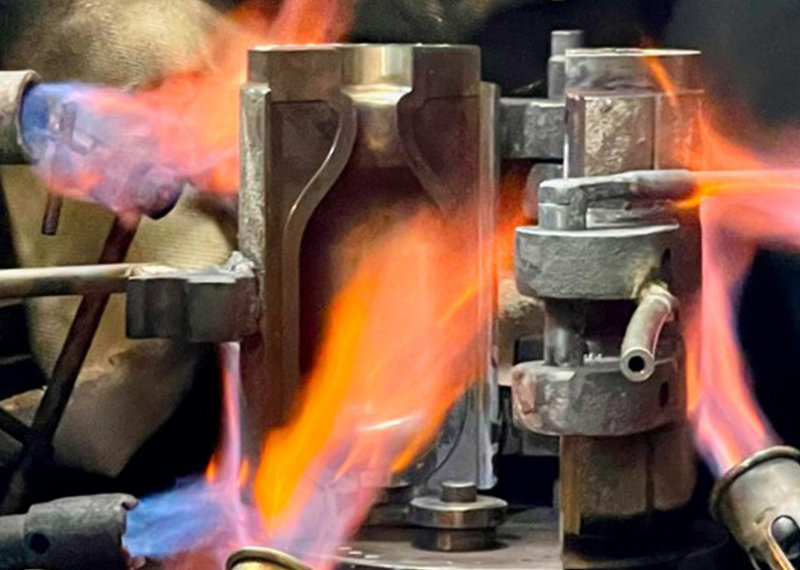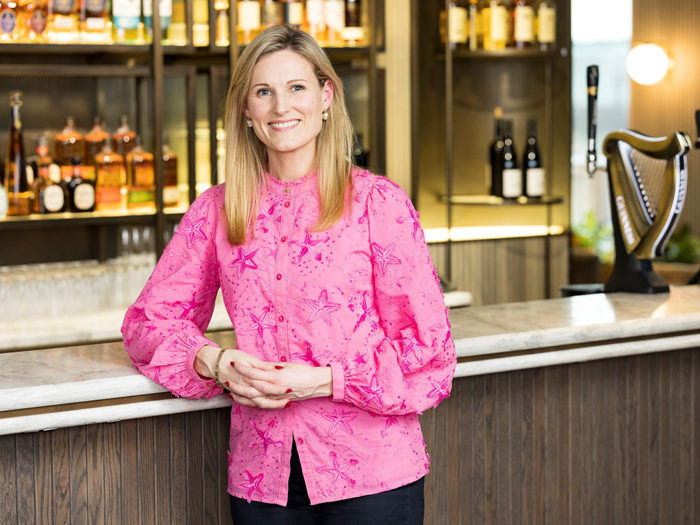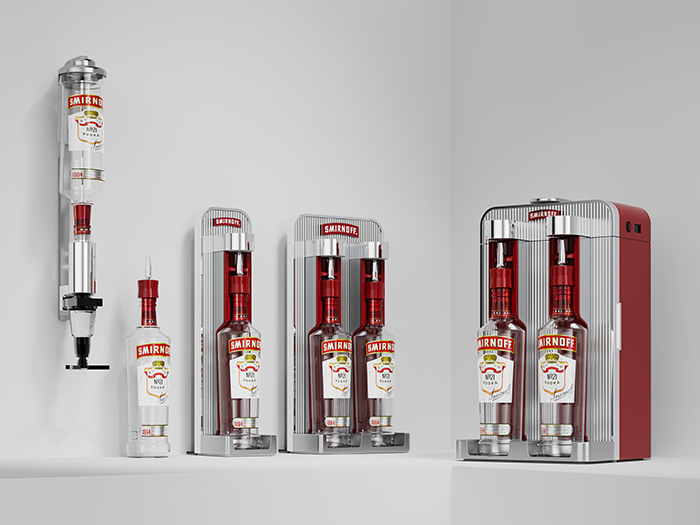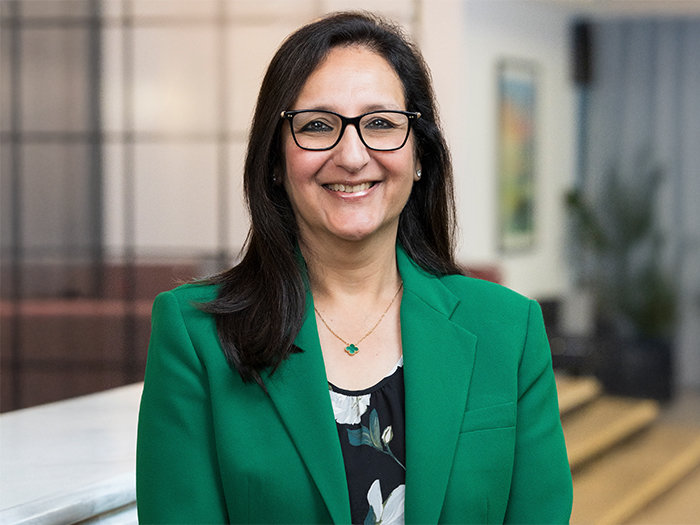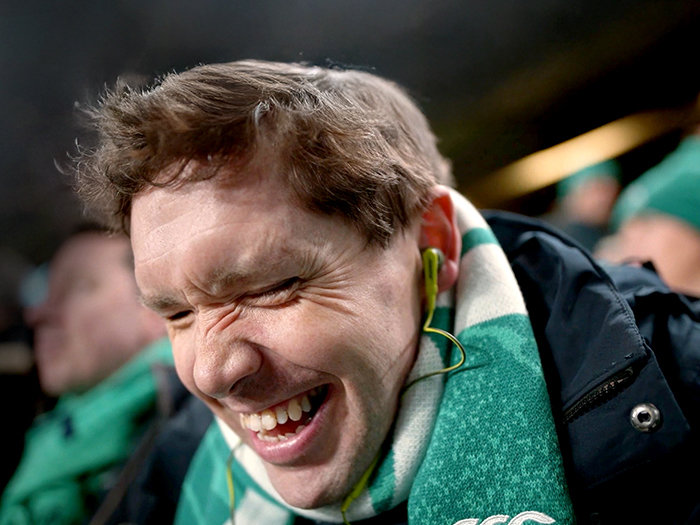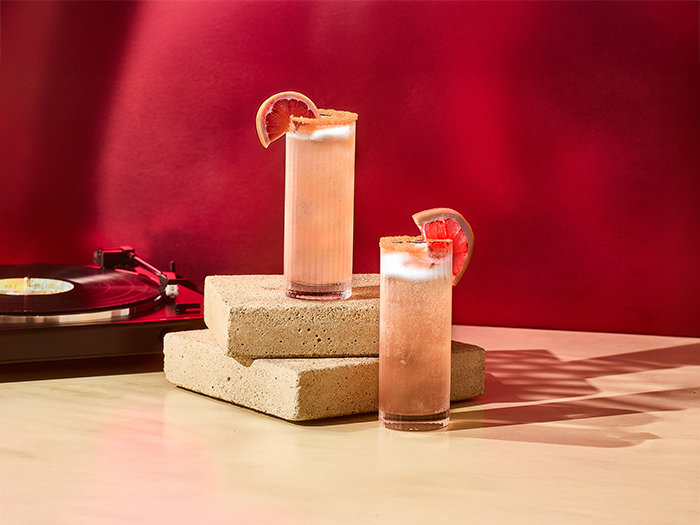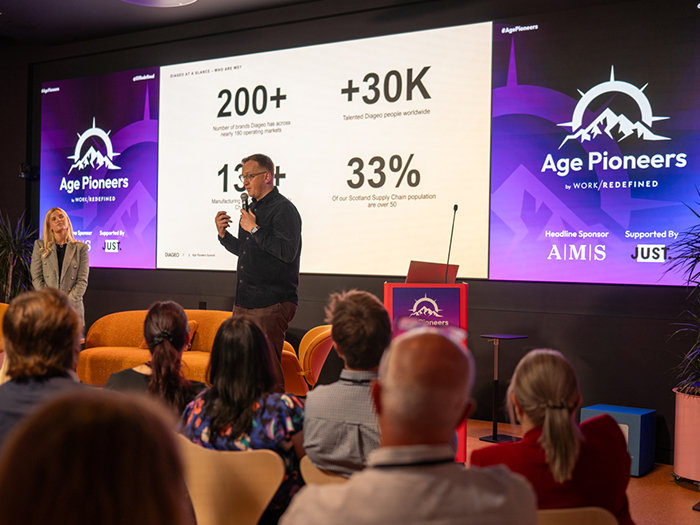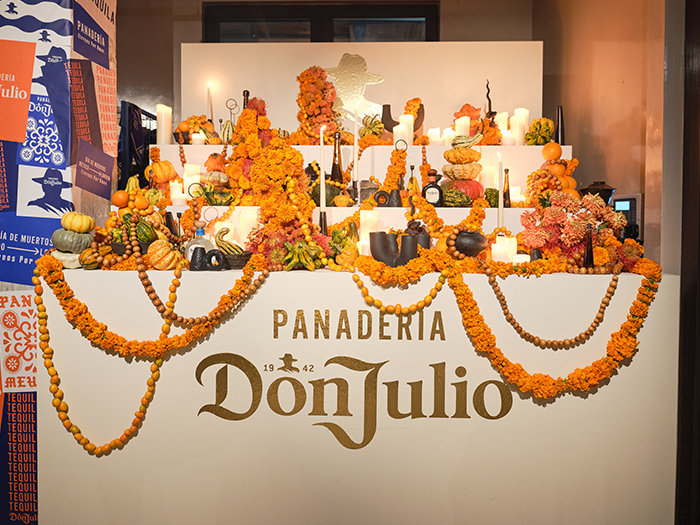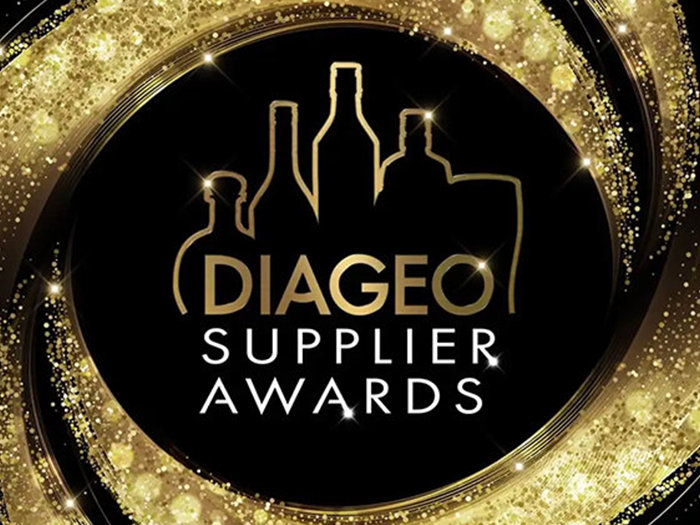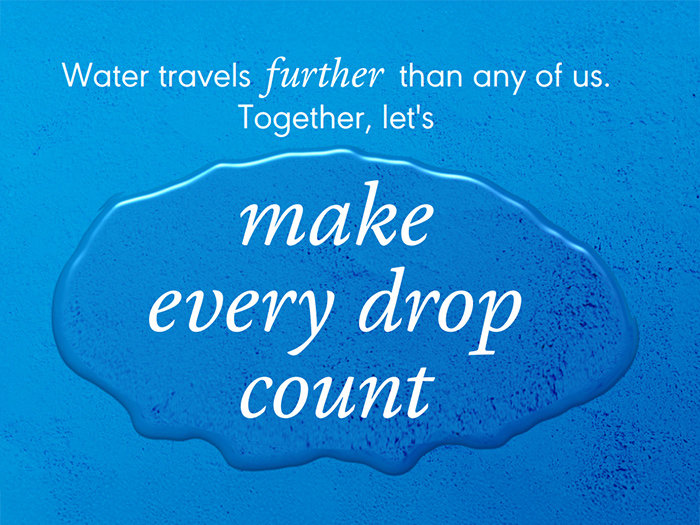We’re a global leader in premium drinks, the most exciting consumer products space.
Jeremy Lindley and his team have had input into almost every design project at Diageo over the last 18 years.
However, the unveiling of Johnnie Walker Blue Label Ultra last month is perhaps a career highlight – a challenge to create glass packaging for Blue Label that is not only luxury but ultra lightweight and is what we believe to be the world’s lightest whisky glass bottle.
Here he explains more about his role, the Ultra project and how lightweighting in luxury can have a major impact in all parts of the industry.
“We drink first with our eyes…”
The Design team’s role is to grow Diageo’s capability and output in design. Over time we’ve been able to help the company understand how design can be a growth driver for the business.
Consumers make their decisions based on emotions… and we drink first with our eyes. Of course, then the taste has to be fabulous! My job is to help people understand the importance of visual appeal, of beauty and emotional connection – and then help deliver that.
It is important that all of our products look amazing, but the further you go into luxury the more critical our input becomes.
Execution is really important as well, and we really know how to properly use production techniques like embossing and foiling and all those things that you wouldn't explicitly notice, but add to the premium feel.
Making Blue Label Ultra…
As a premium drinks company, we’re always thinking about the future of luxury. We observed some brands and luxury categories were starting to move away from ostentatious into understated, more lightweight packaging and products. So, we asked the question, instead of luxury being heavy, what if it was light, delicate, beautiful, and then, of course, you get the carbon benefits from that as well.
We started off brand agnostic – but then Johnnie Walker did become the focus. Blue Label is our iconic, global luxury brand and I loved the challenge of exploring how luxury can also be light and not always heavy.
Teardrop in the fire…
The first thing we did was discover from glass blowers that the lightest, strongest glass bottle you can make is a teardrop shape. It’s the the natural shape that a gob of glass takes under gravity’.
Glass is an amazing material to work with, it’s made from readily available raw materials (mostly sand), can be infinitely recycled and it’s inert – having no impact on the flavour of what you put in the bottle. But it takes a lot of energy to heat sand to 1500 degrees and mould to the viscosity like honey. You can't control where the glass goes – it flows where it wants to under gravity. You have to make the glass thick enough to be sufficiently strong all over so it’s strong enough at its thinnest point.
Having first hand-blown the glass into this teardrop shape where the wall thickness is even all round, then we started asking, how could we play with the shape? What aspects of the Johnnie Walker bottle shape can I add in? So we added Johnnie Walker neck, shoulders and hinted at the squareness without adding weight. We had to keep the rounded base, which is one of the things that makes it impossible for mass manufacture.
Just keep walking…
At multiple points through the process, I had people tell me that it was impossible to achieve a bottle this weight. Initially, people said you can't get below 400 grams. And then over time, I was told 300 grams was too challenging. We pushed and pushed and kept making bottles lighter until they broke. The backing and support from the business was fantastic, the patience to keep going until we found the lightest bottle that would still pass our safety checks.
Releasing the patent…
It’s standard practice to register our design work and to examine if we have come up with an idea that is sufficiently novel to be granted a patent. And it took us five years of designing, testing and learning to get it right. And now we want to share the knowledge with the wider industry so anyone can use them and can start to build the lightweighting elements into their designs – as a general rule when glass is lighter, there’s a carbon reduction benefit. We hope that by releasing the patent we will not just make an impact on our own products but on the whole glass industry.
The future of light weighting glass…
Due to the craftmanship in hand-blowing and hand filling the bottles, it limits the number of bottles we can sell. But the great thing is that getting to this extreme light weight has taught us so much and we are already applying the learnings to our core portfolio and finding ways to take significant weight out.
One of the analogies I've used is that the process has been like creating a concept car. Manufacturers put all of their latest tech into a very limited number of handmade concept cars to stretch their learning. And then later they think, how do we apply this to our mass-produced cars? For this project we stripped away every requirement other than consumer safety. That has allowed us to achieve the world’s lightest 70cl glass whisky bottle and then the learnings have taught us how to design out weight. Going to the extreme has taught us so much more about glass lightweighting, rather than just learning about shaving little bits of weight off the bottle.


